The main serpentine group minerals are antigorite, chrysotile, and lizardite.
You should probably also know that chrysotile is both asbestiform and a form of asbestos. Touching it won’t hurt you, but snorting, licking, or otherwise ingesting it is maybe not so smart.
Physical Properties |
|
| Chemical formula | Mg6Si4O10(OH)8 |
| Class | Phyllosilicate Sheets of linked tetrahedra |
| Crystal system | Monoclinic |
| Habit | Fine-grained Massive Platy Fibrous/asbestiform (chrysotile only) |
| Color | Green Yellow-green Greenish white Variable white White |
| Hardness | 3 to 5 |
| Specific gravity | 2.5 to 2.6 |
| Cleavage | Perfect (001) (antigorite) None (chrysotile) |
| Fracture | Flexible (antigorite) Uneven (chrysotile) |
| Luster | Resinous (antigorite) Silky (antigorite) Greasy (chrysotile) Waxy (chrysotile) |
| Transparency | Translucent |
| Streak | White |
Optical Properties |
|
| PPL | Colorless Low relief Non-pleochroic |
| XPL | Wavy extinction Anomalous interference colors: blues, grays, greens, yellows |
| δ | 0.007 |
| after Perkins, 317-318 |
Serpentine in Hand Sample
Two undetermined serpentine subgroup minerals
Chrysotile
Antigorite and chrysotile side by side
Serpentine in serpentinite from the Josephine ophiolite
Serpentine in kimberlite from Barkly West, South Africa
Serpentine in Thin Section
Serpentine in plane polars
Serpentine in crossed polars
Serpentine marble, plane polars
Serpentine marble, crossed polars
Serpentine in kimberlite from Barkly West, South Africa in plane polars
Serpentine in kimberlite from Barkly West, South Africa in crossed polars
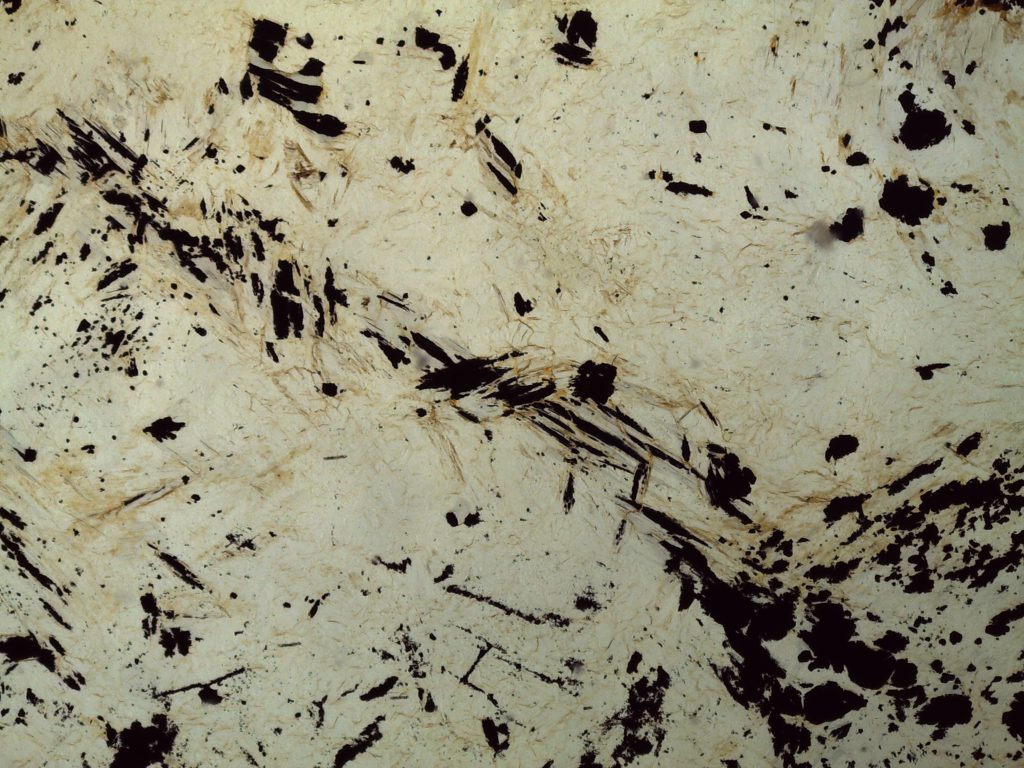
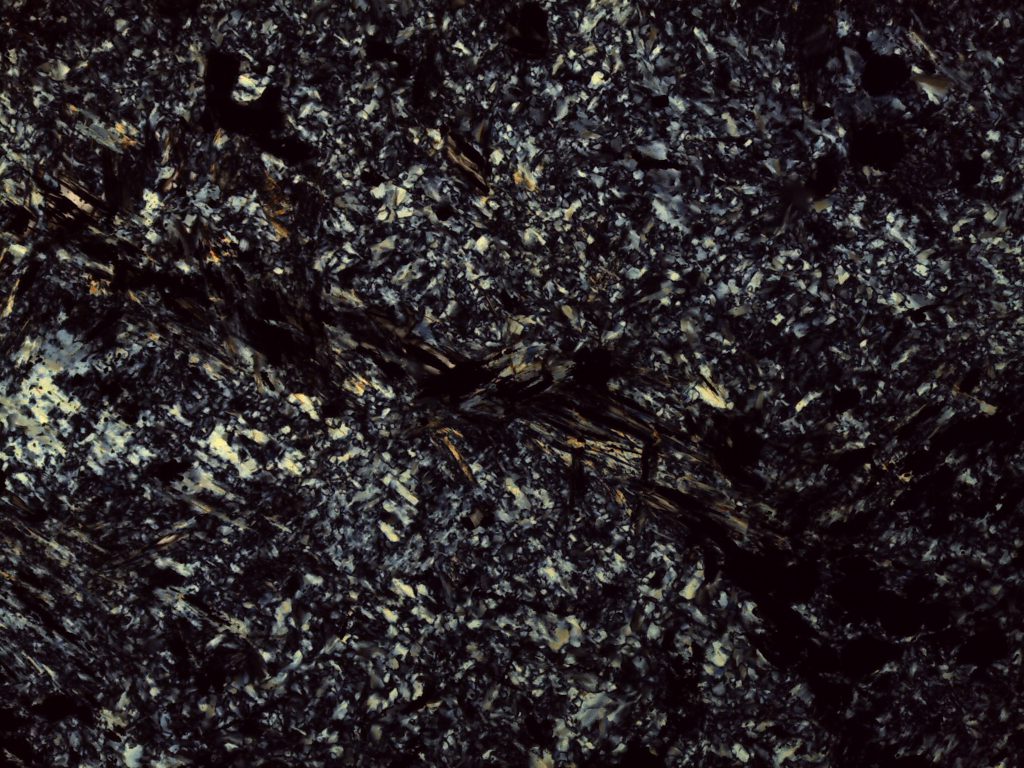
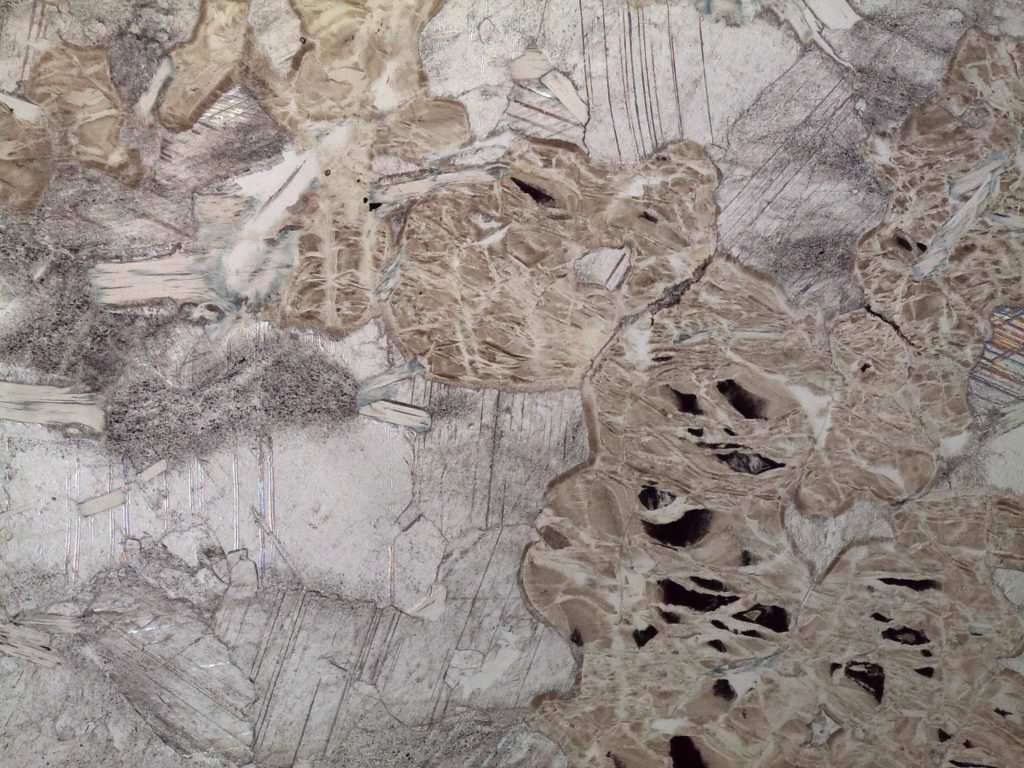
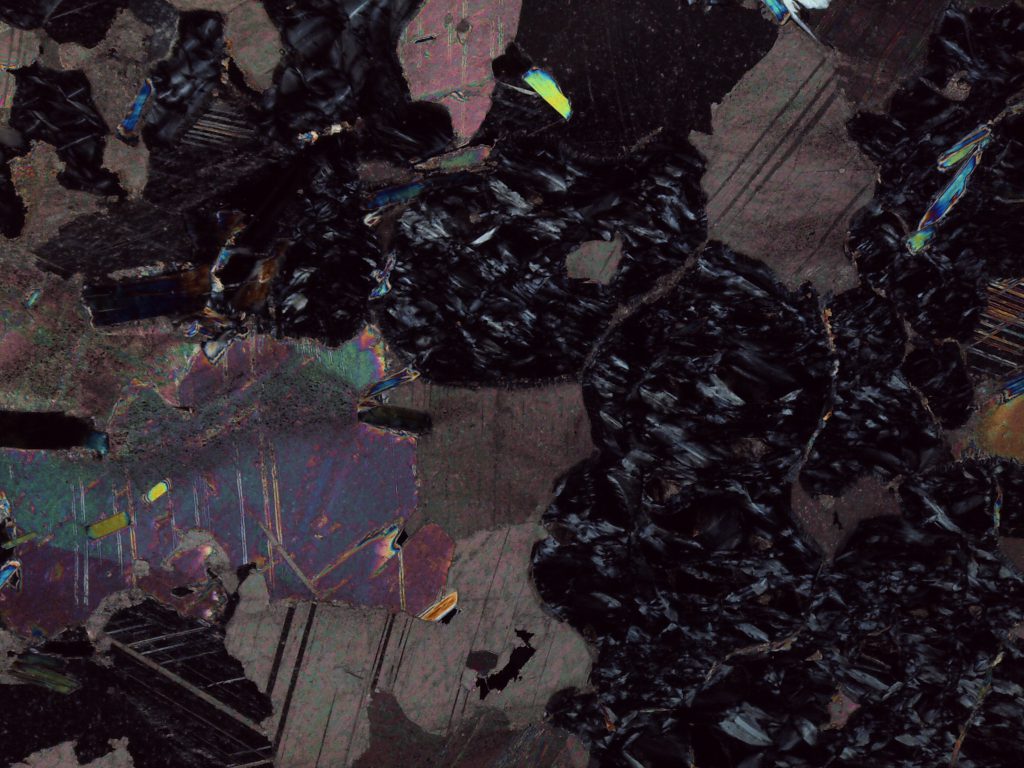
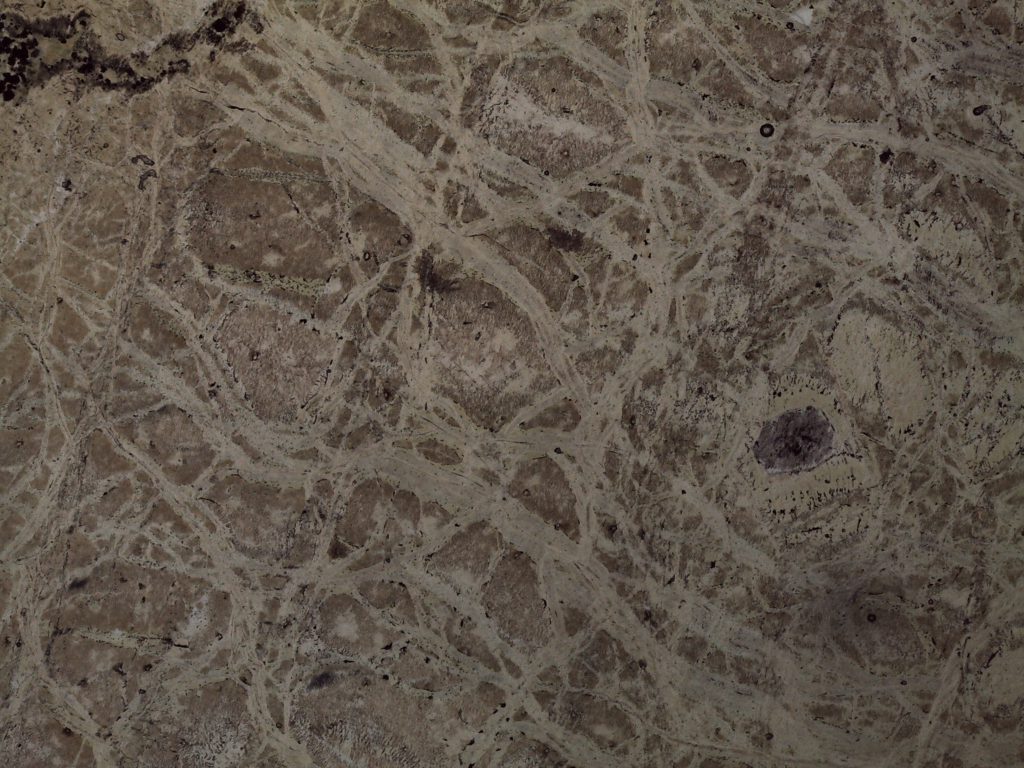
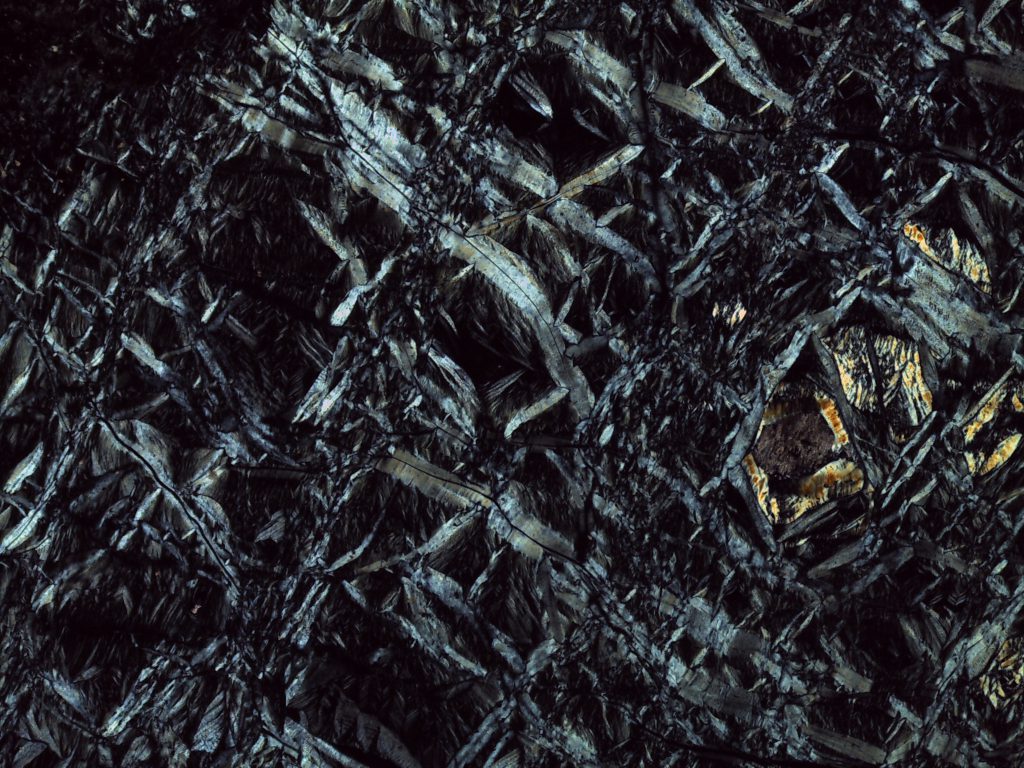
Further Reading
Antigorite at webmineral.com
Chrysotile at webmineral.com
Serpentine subgroup at mindat.org